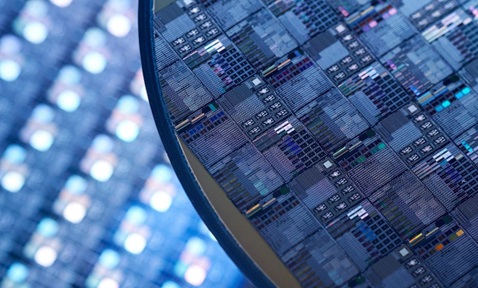
Cubic Wireless Charging Container
Synopsis
This invention introduces a cubic wireless charger with a novel coil design that enables omnidirectional wireless charging container using only two wires. By optimising magnetic field distribution, the wireless charging container ensures efficient power transfer to dynamic receivers, making it ideal for multi-device wireless charging applications in consumer electronics, medical devices and autonomous systems.
Opportunity
Conventional wireless charging solutions require precise alignment, which limits flexibility. This next-gen wireless charger eliminates such constraints, allowing multi-device wireless charging in a containerised form factor.
The global market for in-vehicle wireless charging is projected to grow at a CAGR of 21.1%, reaching USD 5.5 billion by 2032. This technology can integrate with smart wearable wireless charging systems and existing automotive infrastructure, enabling seamless charging of mobile devices.
In the medical sector, the wireless charging container offers a non-invasive power solution for implantable medical devices, enabling further miniaturisation and minimising the need for frequent surgical replacements. The global implantable medical market is projected to reach USD 207 billion by 2033, with a CAGR of 6.9%, underscoring the demand for reliable wireless power solutions.
Technology
The cubic wireless charger features two identical coils aligned along the X and Y axes, ensuring a uniform magnetic field for multi-device wireless charging (Figure 1). This minimises energy dispersion and improves efficiency by optimising key parameters (d and n).
Simulation results confirm superior magnetic field uniformity, reducing variations across different altitudes compared to conventional coil designs. This allows consistent charging of multiple receivers regardless of their position or motion.

Figure 1: Winding structures of the invented cubic wireless charging coils.

Figure 2: Winding structures and simulated magnetic field distribution among the different designs.

Figure 3: Comparison of the measured CoVs of magnetic field distribution among invented and conventional cubic wireless charger designs.
Applications & Advantages
Applications
- Consumer electronics: mobile phones, smart wearable wireless charging.
- Medical implants: micro pacemakers, capsule endoscope, loop recorders.
- Underwater robotics: autonomous underwater vehicles, wireless sensors.
Advantages
- Reduce reliance on large energy storage.
- Omnidirectional charging enables device to work without precise alignment,
- Customisable parameter design makes the invention adaptable for various applications and device sizes.

Figure 4: Potential applications of cubic wireless charging container.


.tmb-listing.jpg?Culture=en&sfvrsn=57e7d9a3_1)




.tmb-listing.jpg?Culture=en&sfvrsn=3b74ec1c_1)







